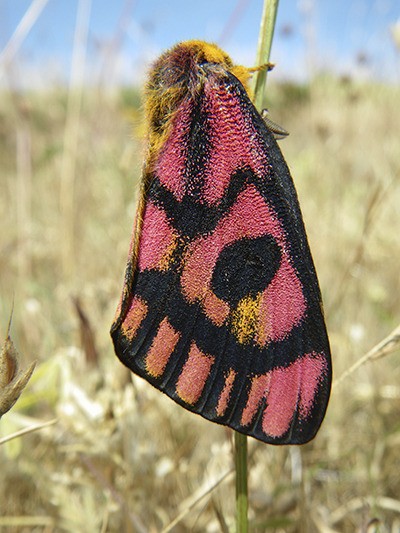Lopez Elementary students are asking local businesses and homeowners to reduce the brightness of outdoor lighting, and only use it when and where it’s really needed.
With the help of Lopez-based conservation laboratory Kwiaht, Lorri Swanson’s science class explored the effect of outdoor lighting on local ecosystems. They found that artificial light speeds up the sprouting of radish seeds and the metamorphosis of tadpoles and caterpillars. They also discovered that lights attracted the salmon they were raising in their classroom. Students concluded that outdoor lights can fool plants and animals into emerging too early in the spring, before there is enough food or sunlight to sustain them. Lights can also disrupt the migrations of animals that use the moon or stars to navigate.
Human health also suffers from outdoor lights. “The more we light up our lives,” Harvard Medical School professor Charles Czeisler wrote in the May 23, 2013 issue of Nature, “the less we seem to sleep.” He noted that sleep disorders are associated with depression, irritability, memory loss, and reduced immune system function.
 Outdoor lights increase our use of electricity, furthermore; which Lopez students learned from Chris and Chom Graecen has additional environmental impacts.
Outdoor lights increase our use of electricity, furthermore; which Lopez students learned from Chris and Chom Graecen has additional environmental impacts.
Students experimented on themselves to find out how much light they needed for everyday tasks and safety in their classroom. Except for reading small print, they found that they could reduce classroom lighting by more than 90 percent.
Students tried different ways of reducing light levels, such as lower-power bulbs, red filters, and down-pointing directional fixtures. They were most interested in timers and motion sensors, which turn lights off when they are not needed. In winter, students observed, many outdoor lights were burning for 10-12 hours every night in Lopez Village when no one was on the streets. Wildlife and electricity could be saved, they concluded, simply by timing these lights to turn off at 9 p.m. or by having them only turn on when approached by a car or pedestrian.
Thanks to a local donor, students can now offer local homes and businesses a free outdoor-lighting upgrade of their choice, including timers and adjustable motion sensors: a value of $25 or greater. Look for students’ offer on posters and OPALCO billing inserts with moth art by students Uma Azul and Sonnette Roberson, working with professional artists Laine Nichols. Upgrades come with an owl print drawn by Juniper Blomberg.
To take advantage of this offer, you can email kwiaht@gmail.org (include “dark skies” in the subject line) or write to Dark Skies c/o Kwiaht, P.O. Box 415, Lopez Island. To learn more about managing outdoor lighting and wildlife, Kwiaht recommends James and Deborah Gleeson’s 2012 book “Reducing the Impacts of Development on Wildlife.”



